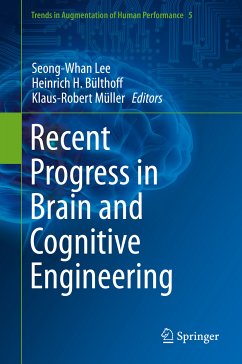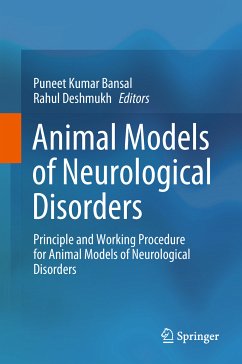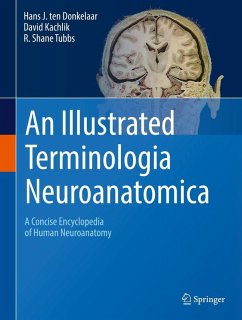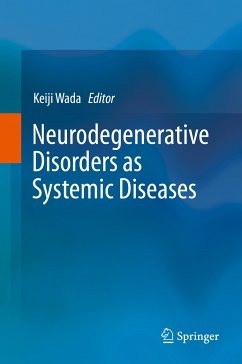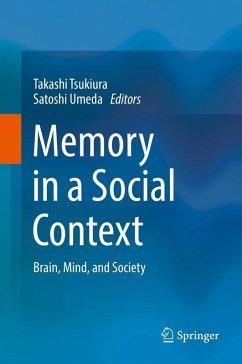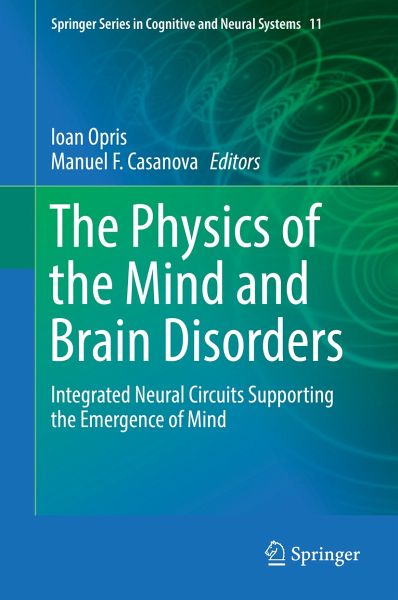
The Physics of the Mind and Brain Disorders (eBook, PDF)
Integrated Neural Circuits Supporting the Emergence of Mind
Redaktion: Opris, Ioan; Casanova, Manuel F.
Versandkostenfrei!
Sofort per Download lieferbar
256,95 €
inkl. MwSt.
Weitere Ausgaben:

PAYBACK Punkte
128 °P sammeln!
Unique approach to the brain functions through the laws of physics
Renowned experts of various disciplines A book that summarizes our knowledge in the most challenging area of neuroscience
The book provides a walking tour spanning introspection, behaviourism, the cognitive revolution to recent advances in neuroimaging and electrophysiology
Summarizes a new discipline in the making, the science of the mind
Renowned experts of various disciplines A book that summarizes our knowledge in the most challenging area of neuroscience
The book provides a walking tour spanning introspection, behaviourism, the cognitive revolution to recent advances in neuroimaging and electrophysiology
Summarizes a new discipline in the making, the science of the mind
Dieser Download kann aus rechtlichen Gründen nur mit Rechnungsadresse in A, B, BG, CY, CZ, D, DK, EW, E, FIN, F, GR, HR, H, IRL, I, LT, L, LR, M, NL, PL, P, R, S, SLO, SK ausgeliefert werden.




